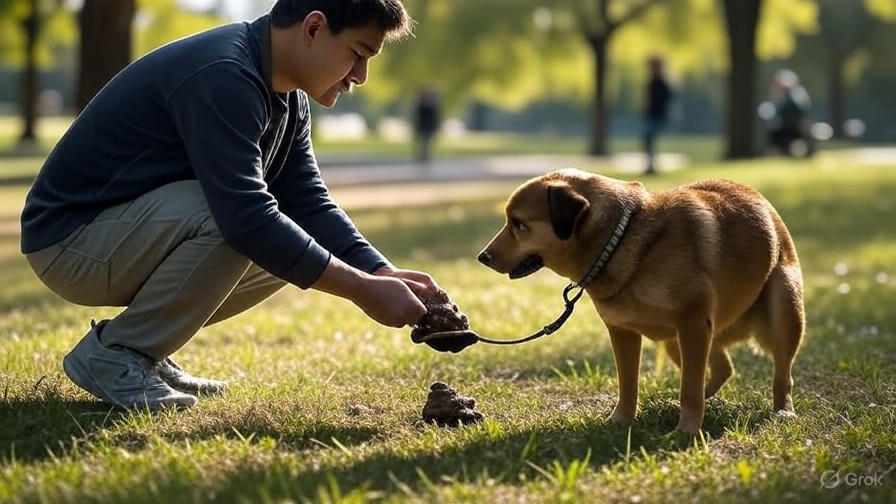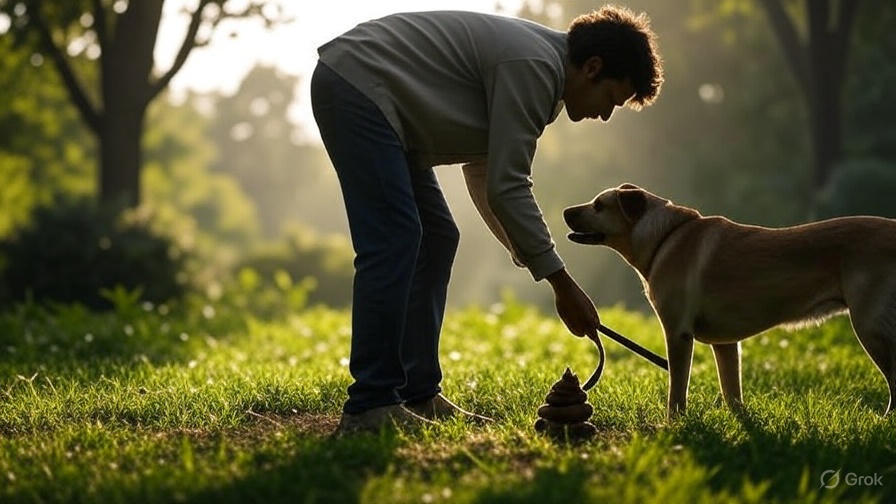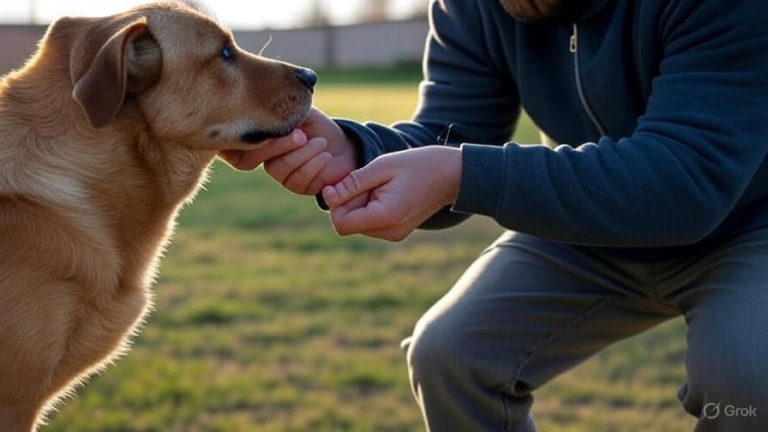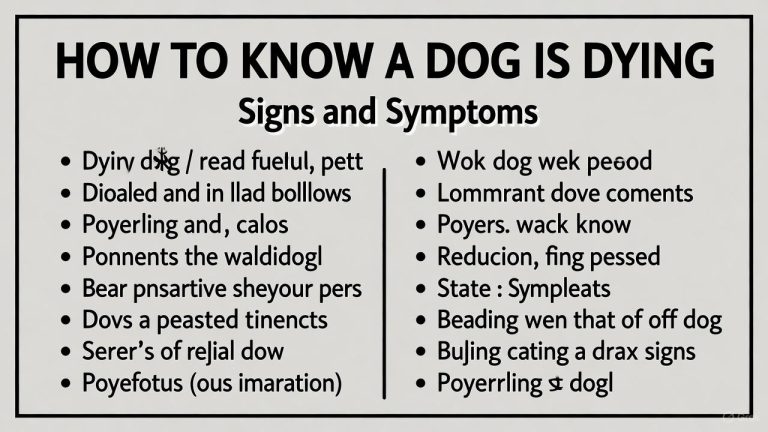How Can I Help My Dog Poop?
Every dog owner faces this concern at some point: their beloved pet struggles to have regular bowel movements. When your furry friend shows signs of digestive distress, you want immediate answers and effective solutions. This comprehensive guide walks you through proven methods to help your dog poop regularly and maintain healthy digestion.
Recognizing the Signs Your Dog Needs Help
Dogs communicate their discomfort through body language and behavior changes. Watch for these telltale signs that indicate your pet needs assistance with bowel movements:
Your dog may strain while attempting to defecate but produce little to no stool. This straining often looks similar to their normal posture, but they’ll spend much longer in position without results. Some dogs whine or whimper during these attempts, signaling discomfort.
Appetite changes frequently accompany digestive issues. Dogs with constipation often eat less than usual or refuse food entirely. Their energy levels drop, and they may seem lethargic or reluctant to play their favorite games.
Physical symptoms become apparent as the condition persists. Your dog’s abdomen may feel hard or bloated when you gently touch their belly. Some pets develop a hunched posture, keeping their back arched even while walking or standing still.
Behavioral shifts occur when dogs feel uncomfortable. They might pace restlessly, circle excessively before lying down, or seek out unusual places to attempt bowel movements. Some dogs become more clingy and seek extra comfort from their owners.
Common Causes of Canine Constipation
Identifying the root cause helps you address the problem effectively. Several factors contribute to irregular bowel movements in dogs:
Diet plays the most significant role in digestive health. Low-fiber foods, sudden dietary changes, or eating inappropriate items can disrupt normal bowel function. Dogs who consume too many treats relative to their regular food often experience digestive upset.
Dehydration ranks among the top causes of hard stools. When dogs don’t drink enough water, their bodies absorb more moisture from waste in the colon, creating dry, difficult-to-pass stools. This problem intensifies during hot weather or after increased physical activity.
Lack of exercise contributes to sluggish digestion. Regular movement stimulates intestinal muscles and promotes healthy bowel function. Sedentary dogs often develop irregular bathroom habits.
Medical conditions can interfere with normal elimination. Enlarged prostate glands in male dogs, tumors, or intestinal blockages may prevent regular bowel movements. Certain medications also cause constipation as a side effect.
Age-related changes affect senior dogs particularly. Older pets may develop weaker intestinal muscles or arthritis pain that makes positioning difficult during bathroom breaks.
Dietary Solutions for Better Digestion
Adjusting your dog’s diet often provides the quickest relief for constipation issues. These nutritional strategies support healthy bowel movements:
Increase fiber content gradually to avoid sudden digestive upset. Add plain canned pumpkin (not pie filling) to your dog’s regular food. Start with one teaspoon for small dogs or one tablespoon for larger breeds. Pumpkin provides natural fiber and moisture that softens stools.
Sweet potatoes offer another excellent fiber source. Cook and mash sweet potatoes, then mix small portions into your dog’s meals. The natural sugars and fiber work together to promote regularity.
Green beans provide low-calorie fiber that many dogs enjoy. Steam fresh green beans until tender, then chop them into appropriate sizes for your pet. Mix these into regular meals for added bulk and nutrition.
Wheat bran can be sprinkled over food in small amounts. Begin with half a teaspoon for small dogs or one teaspoon for larger breeds. Increase gradually if needed, but avoid overdoing this supplement.
Hydration Strategies That Work
Proper hydration keeps stools soft and easier to pass. These methods encourage increased water consumption:
Fresh water should always be available in clean bowls. Change the water daily and wash bowls regularly to prevent bacterial growth. Some dogs prefer running water, so consider a pet fountain if your dog seems reluctant to drink from still bowls.
Wet food contains higher moisture content than dry kibble. If your dog typically eats dry food, try mixing in some wet food or adding warm water to soften the kibble. This increases both moisture and palatability.
Ice cubes make drinking more appealing for some dogs. Offer ice cubes as treats, especially during warm weather. The melting ice provides hydration while satisfying their desire to chew.
Bone broth designed for dogs adds flavor while boosting fluid intake. Look for low-sodium varieties without onions or garlic, which are toxic to dogs. Warm broth can be particularly appealing to picky drinkers.
Exercise and Movement Benefits
Physical activity stimulates digestive processes and promotes regular bowel movements. These exercise strategies help maintain healthy elimination:
Daily walks provide gentle exercise that encourages intestinal movement. Even short 10-15 minute walks can stimulate digestion. Try to maintain consistent walking schedules to establish routine bathroom breaks.
Interactive play sessions engage both mind and body. Games like fetch, tug-of-war, or hide-and-seek provide moderate exercise while keeping your dog mentally stimulated. This combination supports overall health and digestive function.
Swimming offers low-impact exercise for dogs with joint problems. The resistance of water provides muscle conditioning without stressing arthritic joints. Many dogs find swimming enjoyable, making it easier to maintain regular exercise routines.
Stair climbing in moderation can stimulate abdominal muscles involved in elimination. If your dog can safely navigate stairs, incorporating this into daily routines may help promote bowel movements.

Natural Remedies and Home Treatments
Several safe, natural approaches can help encourage regular bowel movements:Natural Remedies and Home TreatmentsNatural Remedies and Home Treatments
Gentle abdominal massage may stimulate intestinal activity. Using light pressure, massage your dog’s belly in circular motions for a few minutes. This technique works best when your dog is relaxed and comfortable.
Coconut oil contains medium-chain fatty acids that may help soften stools. Start with very small amounts (quarter teaspoon for small dogs, half teaspoon for large dogs) mixed into food. Increase gradually if well-tolerated.
Olive oil can act as a mild laxative when used sparingly. Add a few drops to your dog’s food, but use this remedy only occasionally as too much fat can cause other digestive issues.
Probiotic supplements support healthy gut bacteria that aid digestion. Choose dog-specific probiotics and follow package directions for dosage. These supplements work best when used consistently over time.
When Professional Help is Necessary
Some situations require veterinary intervention rather than home remedies. Seek professional help when:
Your dog hasn’t had a bowel movement for more than two days. This extended period without elimination can indicate serious blockages or medical conditions requiring immediate attention.
Vomiting accompanies constipation symptoms. This combination may signal intestinal obstruction or other serious conditions that need prompt veterinary care.
Your dog shows signs of severe pain during attempts to defecate. Excessive straining, crying, or aggressive behavior when touched around the abdomen warrants immediate examination.
Blood appears in any stool that your dog does produce. This symptom can indicate various medical conditions, from minor irritation to serious internal problems.
Lethargy and loss of appetite persist beyond 24 hours. While mild digestive upset may cause temporary appetite changes, prolonged symptoms suggest underlying health issues.
Creating Long-Term Digestive Health
Prevention proves more effective than treatment when it comes to digestive issues. These strategies support ongoing bowel health:
Establish consistent feeding schedules to regulate digestive timing. Dogs thrive on routine, and regular meal times help promote regular elimination patterns. Feed adult dogs twice daily at approximately the same times.
Monitor treat intake carefully to avoid digestive disruption. Treats should comprise no more than 10% of your dog’s daily caloric intake. Excessive treats can unbalance nutrition and cause digestive problems.
Maintain regular exercise routines that fit your dog’s age and physical capabilities. Young, healthy dogs need more vigorous activity, while senior pets benefit from gentle, consistent movement.
Schedule routine veterinary checkups to catch potential problems early. Annual or biannual examinations help identify health issues before they become serious problems affecting digestion.
Keep detailed records of your dog’s bathroom habits. Note frequency, consistency, and any changes in normal patterns. This information helps veterinarians diagnose problems more quickly if issues arise.
Environmental Factors That Influence Elimination
Your dog’s surroundings significantly impact their bathroom habits. Consider these environmental influences:
Designated bathroom areas should remain clean and accessible. Dogs often avoid soiled areas, so regular cleanup encourages continued use of appropriate spaces. Maintain consistent locations for bathroom breaks when possible.
Weather conditions affect some dogs’ willingness to eliminate outdoors. Extreme temperatures, rain, or snow may cause hesitation. Provide sheltered areas or adjust timing to work around weather challenges.
Stress from environmental changes can disrupt normal bathroom routines. Moving to a new home, introducing new pets, or major schedule changes may temporarily affect elimination patterns. Patience and consistency help dogs readjust.
Surface preferences vary among individual dogs. Some prefer grass, others like concrete or dirt. Observe your dog’s preferences and accommodate them when possible to encourage regular elimination.
Special Considerations for Senior Dogs
Older dogs face unique challenges that may affect their ability to have regular bowel movements:
Arthritis pain can make positioning difficult during elimination. Provide non-slip surfaces and consider raised feeding stations that may make the process more comfortable. Gentle joint supplements may help maintain mobility.
Cognitive changes in senior dogs may affect their bathroom routines. They might forget house training rules or lose awareness of their need to eliminate. Increased supervision and more frequent bathroom breaks help manage these changes.
Medication side effects become more common as dogs age. Many medications prescribed for senior health issues can cause constipation. Discuss these concerns with your veterinarian to adjust treatment plans if necessary.
Dietary adjustments may be needed as dogs age. Senior-specific foods often contain different fiber levels and are easier to digest. Work with your veterinarian to determine the best nutritional approach for your aging pet.
Conclusion
Helping your dog maintain regular, healthy bowel movements requires attention to multiple factors including diet, exercise, hydration, and environmental considerations. Most constipation issues resolve with simple dietary adjustments and increased water intake. However, persistent problems or concerning symptoms warrant professional veterinary evaluation.
Remember that every dog is unique, and what works for one pet may not work for another. Be patient as you implement changes and observe your dog’s response. With consistent care and attention, you can help your furry friend maintain comfortable, regular elimination habits throughout their life.
The key lies in recognizing problems early, implementing appropriate solutions, and knowing when to seek professional help. By staying attentive to your dog’s needs and maintaining open communication with your veterinarian, you can ensure your pet enjoys optimal digestive health and comfort.







